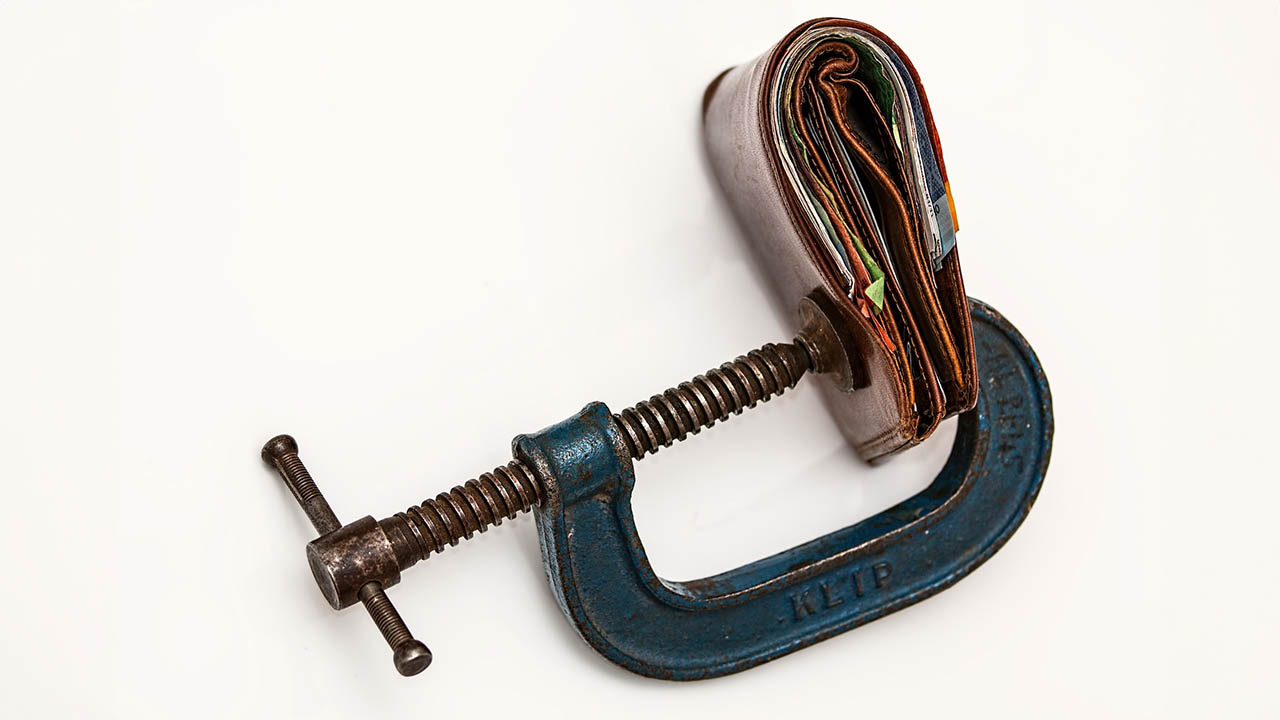Is the PIA coming back into vogue?.
Share

With the ATO ramping up its collection activity following the trials and tribulations of the pandemic, the Personal Insolvency Agreement (“PIA”) appears to be returning.
The PIA has been an afterthought in the personal insolvency industry for several years. This has been mainly due to the higher costs to engage in the process and the perceived additional scrutiny coming from the regulator. The Australian Financial Security Authority (AFSA) recently confirmed in their 2022/2023 annual report that of the 9,930 personal insolvencies for the 2022-2023 financial year, only 121 were Personal Insolvency Agreements.
However, the ATO now uses the Director Penalty Notice (DPN) regime to ensure compliance and recover outstanding debts. The personal assets of Directors have become vulnerable as the ATO pursues Directors personally following the expiration of a DPN, meaning that Directors are required to satisfy the ATO for the full amount of their Company’s debt or face the prospect of being made Bankrupt and losing their hard-earned personal assets.
This is where the PIA makes its return. The PIA is an alternative to Bankruptcy that allows an individual to make an offer to their creditors to compromise the debts (including the debt owed to the ATO due to the DPN) and avoid Bankruptcy completely. Much like the Small Business Restructure (SBR) regime in the corporate insolvency space, the ATO is currently inclined to support PIA proposals, allowing creditors to avoid the pitfalls of Bankruptcy.
The process begins with an individual signing an authority pursuant to Section 188 of the Act, giving the Trustee (termed the “Controlling Trustee”) control over their assets and requiring them to call a meeting to consider the proposal. The individual (termed “the Debtor”) must also complete a Statement of Affairs (detailing all of the assets, liabilities and personal information of the Debtor). The Debtor must also draft a PIA detailing the terms of the proposal to be made to creditors.
Once these documents have been lodged and accepted by AFSA, the Controlling Trustee will then prepare a report to the creditors, setting out the following information:
- The personal information of the Debtor;
- Detailing the assets and liabilities of the Debtor, including likely realisable value of the assets;
- Outlining investigations that have been completed into the Debtors’ examinable affairs, including the details of any antecedent transactions, interest in Trusts, interest in Companies and any other likely recoveries should the Debtor become a Bankrupt;
- Providing a comparison between what the creditors will receive under the proposal and if the Debtor was to become Bankrupt; and
- A recommendation from the Controlling Trustee as to whether the proposal should be accepted.
The Report to Creditors will also include a notice of meeting and other documents relating to the meeting of creditors, which must be within 30 business days of the Section 188 authority being signed.
In preparation for the meeting of creditors, the Controlling Trustee must adjudicate on all creditor proofs of debt and admit them for the purposes of the meeting of creditors. This process is particularly important to ensure that creditors are allowed to vote at the meeting of creditors and that related party creditors are only admitted to vote for the amounts that are provable against the Debtor.
At the meeting of creditors, the proposal is only accepted if the majority of the creditors vote in favour of the proposal and at least 75% in value of the creditors voting at the meeting vote in favour of the proposal.
If the proposal is accepted, the Debtor signs the PIA and undertakes to fulfil the terms of the PIA, and the PIA Trustee distributes the funds accordingly.
Elements to consider in relation to a PIA
- The signing of a Section 188 authority is an act of Bankruptcy, a creditor can later use this to apply to the Court to make the Debtor a Bankrupt if the PIA is not accepted.
- The process can be used to protect a Debtor’s assets, as not all Debtor assets must be included in a proposal and can be retained if the proposal is accepted.
- A Debtor cannot act as a Company Director whilst subject to a Personal Insolvency Agreement.
- Signing a Section 188 Authority can adversely affect the Debtor’s long-term credit rating.
The PIA process does require significant planning and consideration, as such, getting advice from a Personal Insolvency professional is critical to ensure that entering a PIA is in the best interests of the Debtor and to maximise the likelihood of any proposal being accepted. If you have any questions or a client experiencing financial distress, please contact Brodie Hilet at (03) 9670 8700 or by email at [email protected] for a confidential and obligation-free discussion.







